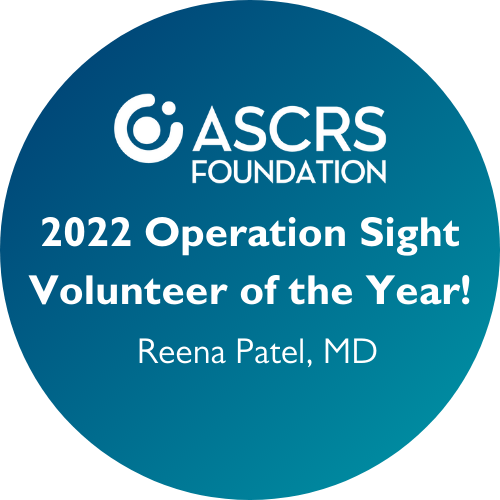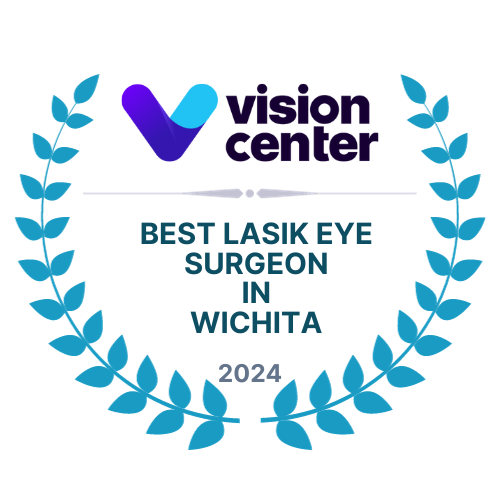The aging process affects people’s eyes in ways that cause their vision to deteriorate. Older people also become increasingly susceptible to eye diseases like glaucoma or macular degeneration.
What is Presbyopia?
Presbyopia is so prevalent in older people that it is sometimes called “the aging eye condition.” A person with presbyopia has trouble focusing on nearby objects. It is caused by an increasingly inflexible and hard lens. The muscles around the lens also stop working as well as they used to. Most people begin developing presbyopia when they are at least 35 years old.
Symptoms of presbyopia can include the following:
- Increasing difficulty reading small print
- Problems seeing nearby objects
- A need to hold reading matter farther than arm’s length
- Eyestrain
- Headaches
The condition can occur along with other eye problems like myopia (near-sightedness) or astigmatism.
Other Age-Related Vision Changes
The lens is not the only part of the eye affected by the aging process. Other parts of the eye also start to decline. The pupil, for instance, becomes smaller and less responsive as the muscles that control it become weaker. As a result, older people are more easily dazzled by bright light when coming out of a dim room than are young people. They also don’t see in the dark as well. A person in their 60s needs three times as much light as someone in their 20s in order to comfortably read.
Older people also become increasingly susceptible to dry eye, as their body produces fewer tears and/or tears that don’t have enough oil, water or mucus in them. Dry eye is particularly common in women who have undergone menopause. The condition can cause sore eyes, reddened eyes, blurred vision and photophobia (abnormal sensitivity to light).
Color vision is also affected by the aging process. Cells in the retina weaken and become less sensitive as a person ages. Colors, therefore, seem less bright, and it becomes harder to detect contrasts. The color blue is especially apt to appear faded to someone with decreased color perception.
People also lose peripheral vision as they get older. A person typically loses one to three degrees of their visual field per decade. By the time they reach 70 or 80, a person may have lost as much as 30 percent of their peripheral vision. The risk of developing glaucoma, a common cause of blindness that starts with peripheral vision loss, also increases with age.
What is Macular Degeneration?
Macular degeneration or age-related macular degeneration is the most common cause of blindness in senior citizens in the United States. The National Eye Institute reports that over two million Americans have the disorder, and that number is expected to increase to over five million by 2050.
The condition affects the macula or central part of the retina. People with macular degeneration develop blind spots in their central vision.
Treating Aging Eyes
If you feel your eyes changing as you age, let Dr. Reena Patel at Wichita Vision Institute help you. Whether you could benefit from a simple LASIK procedure or you need cataract surgery, you can your vision can be restored. Contact us today to schedule an appointment at our office in Wichita.







